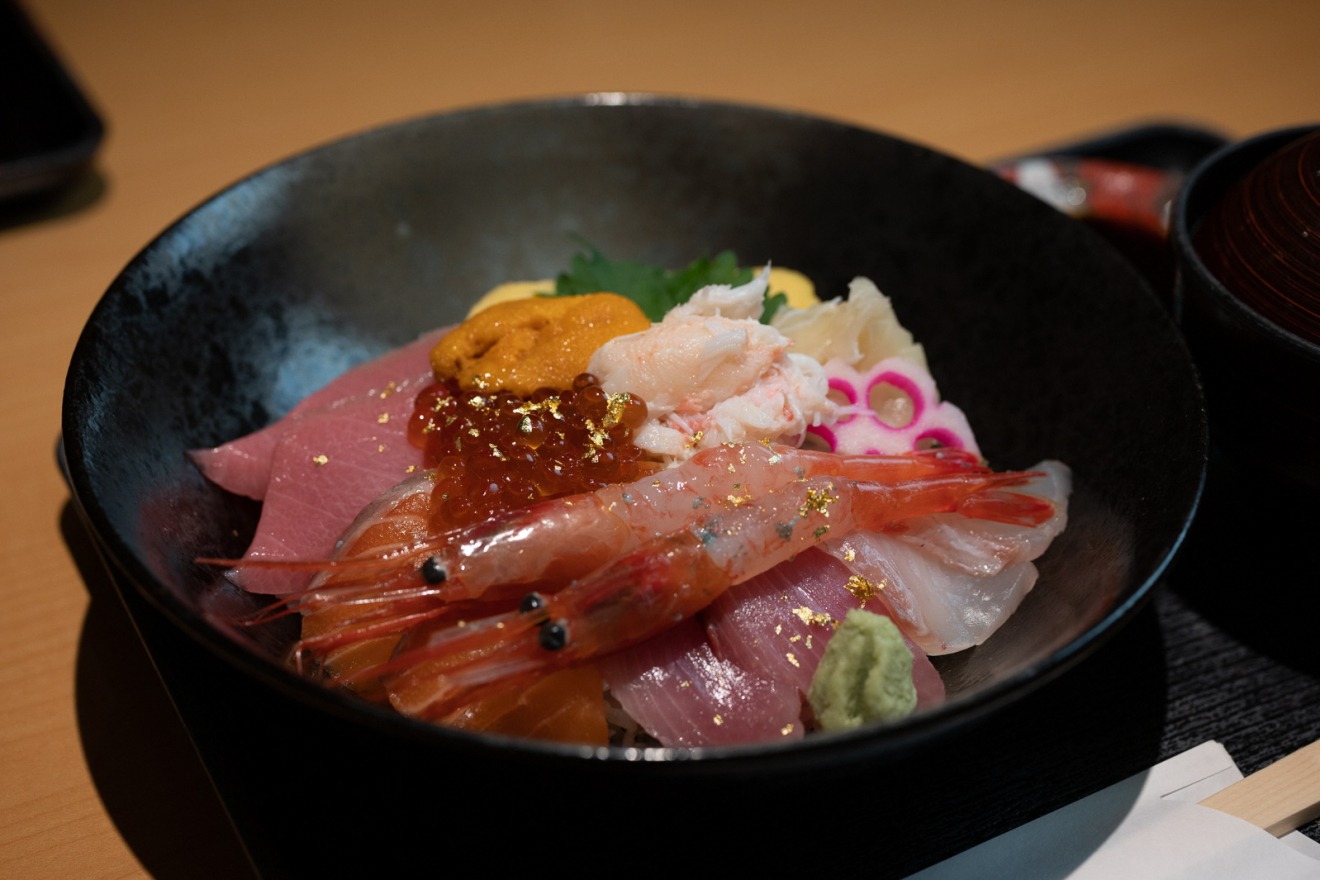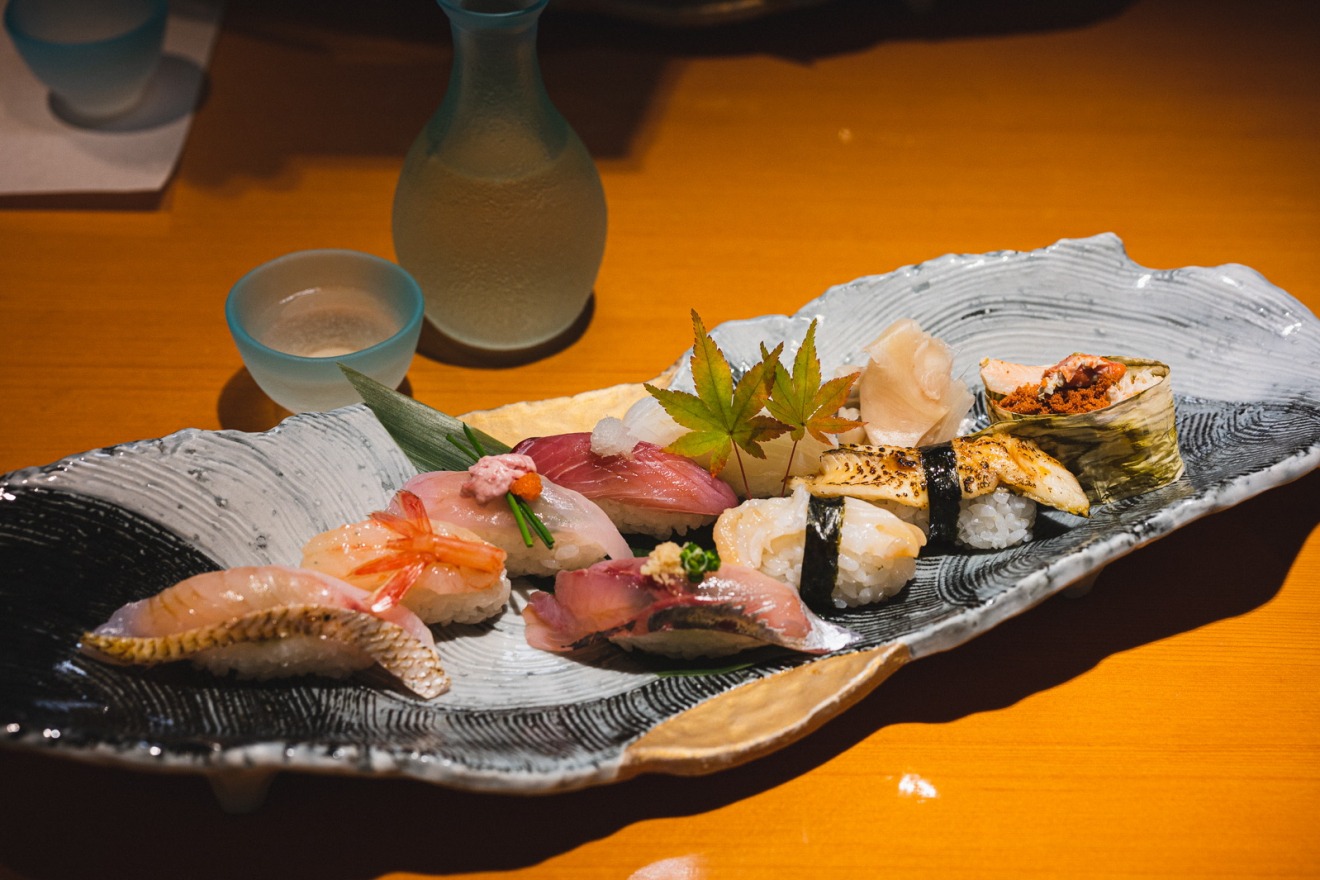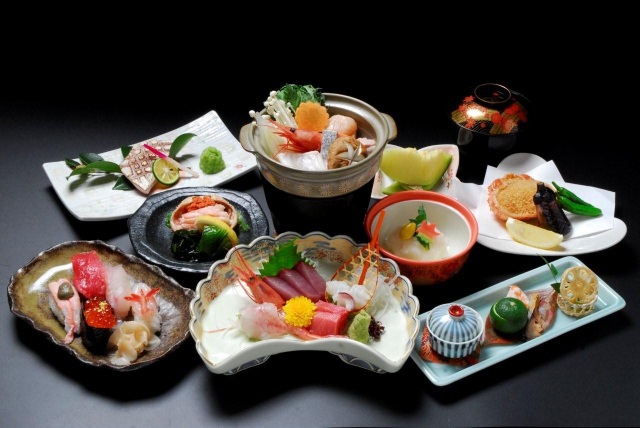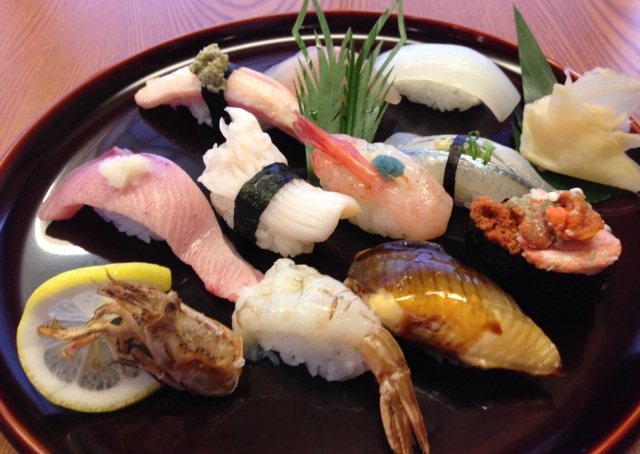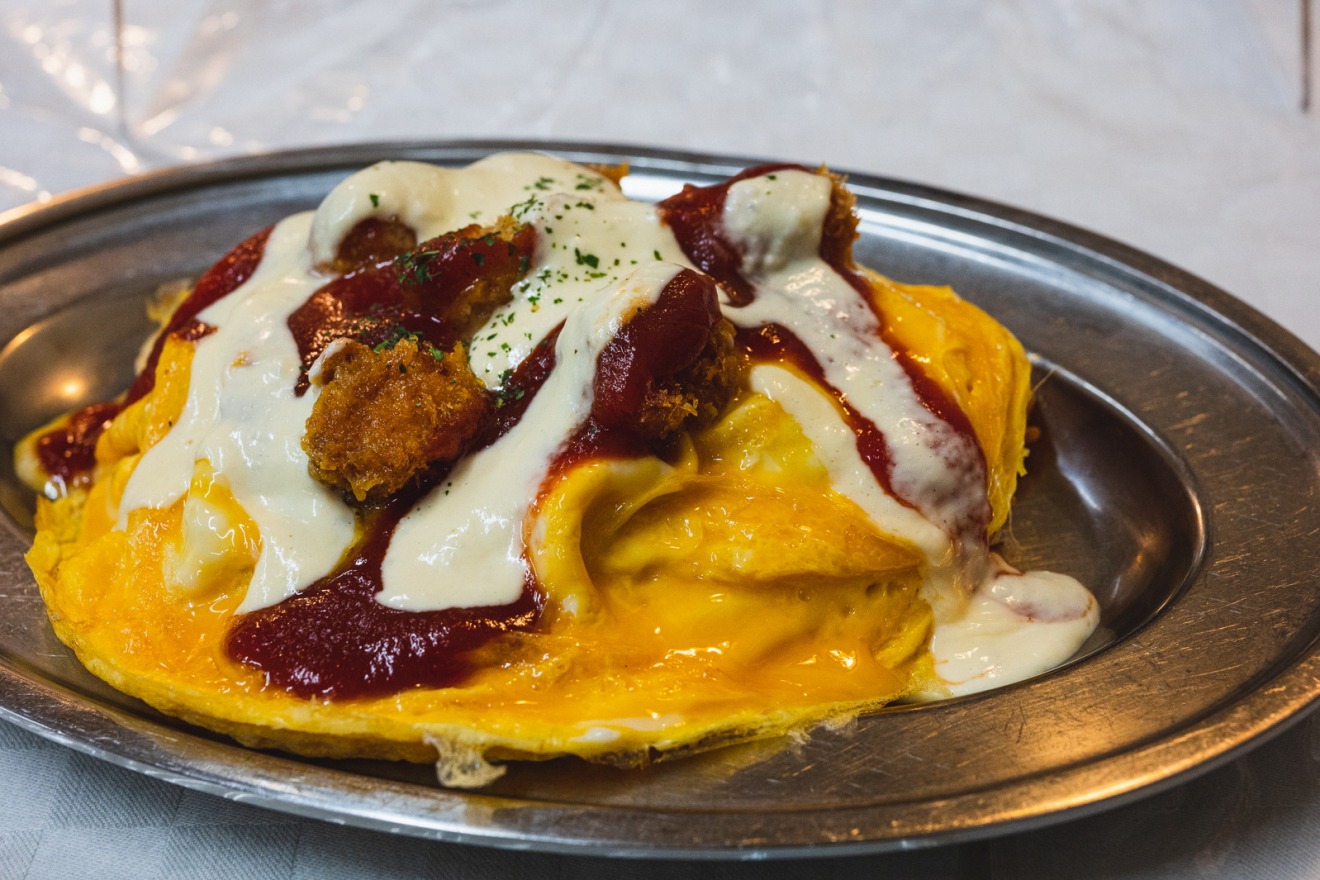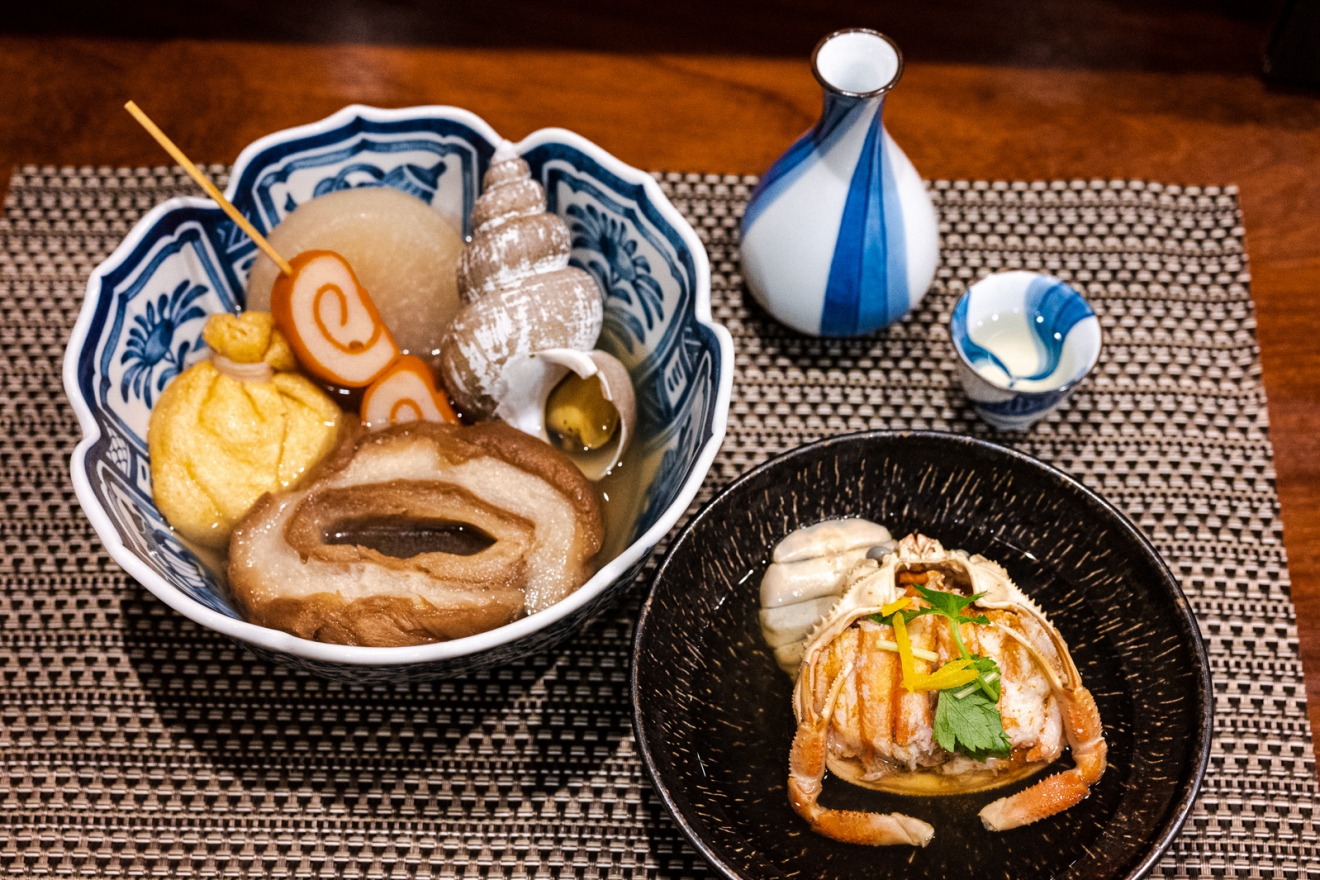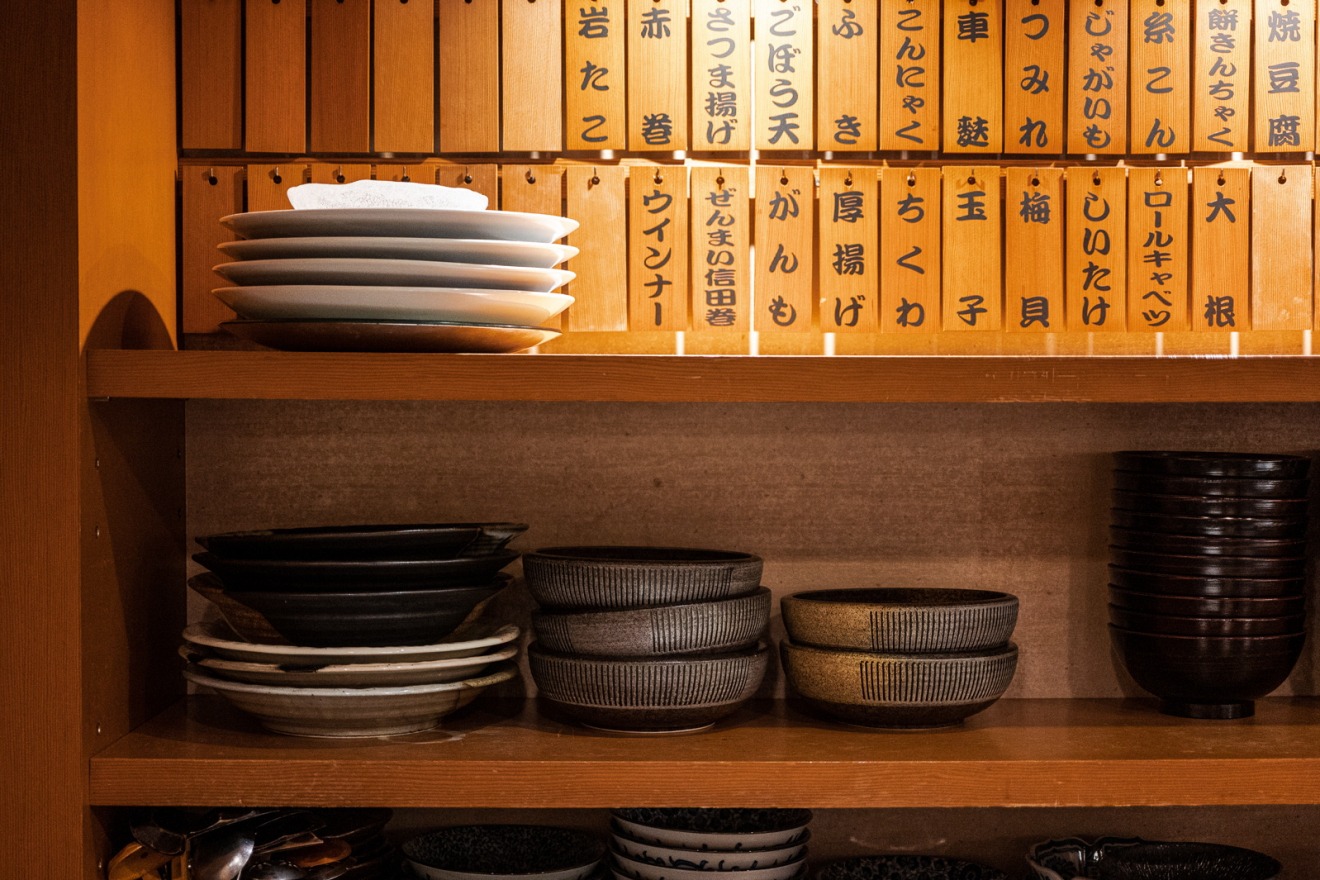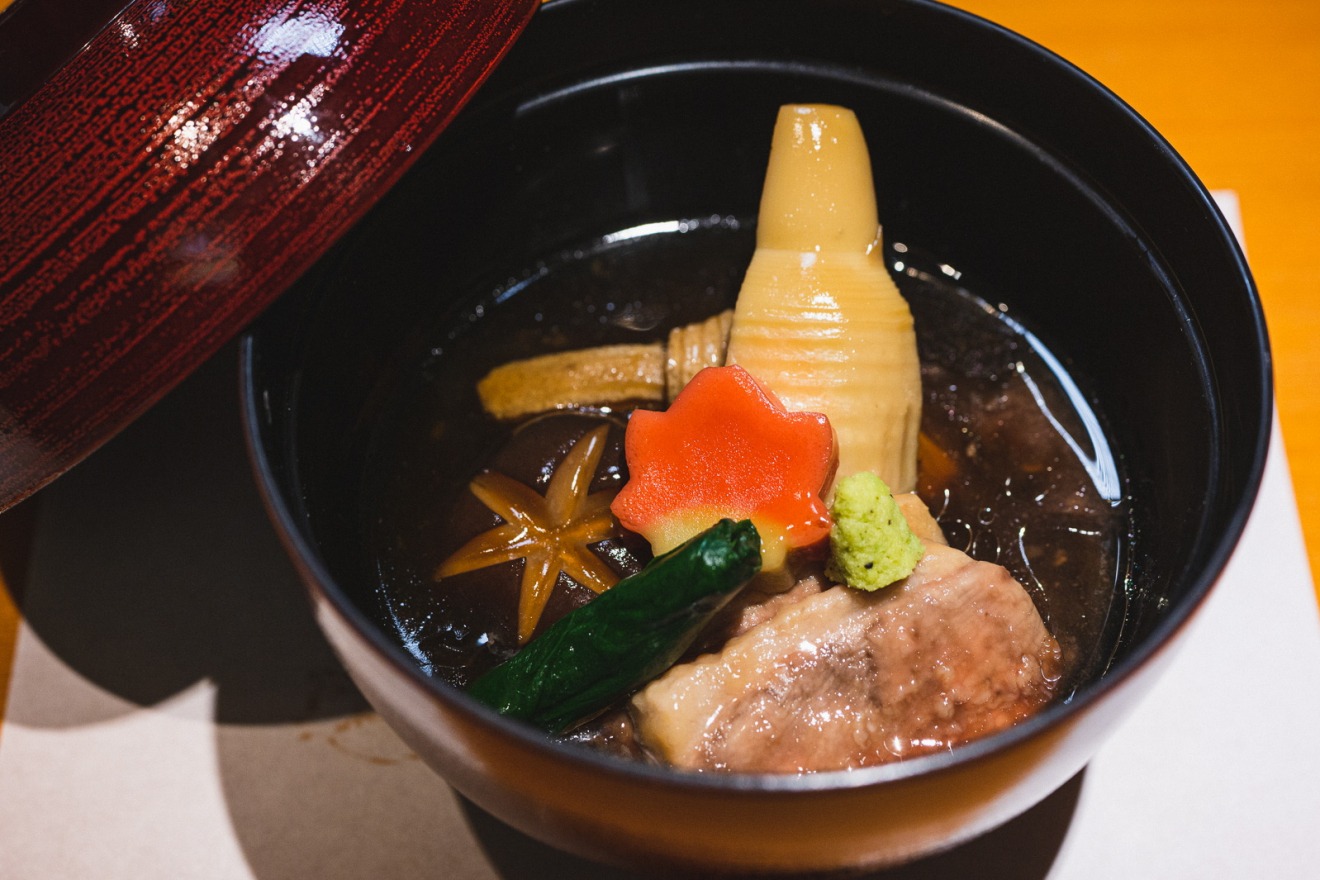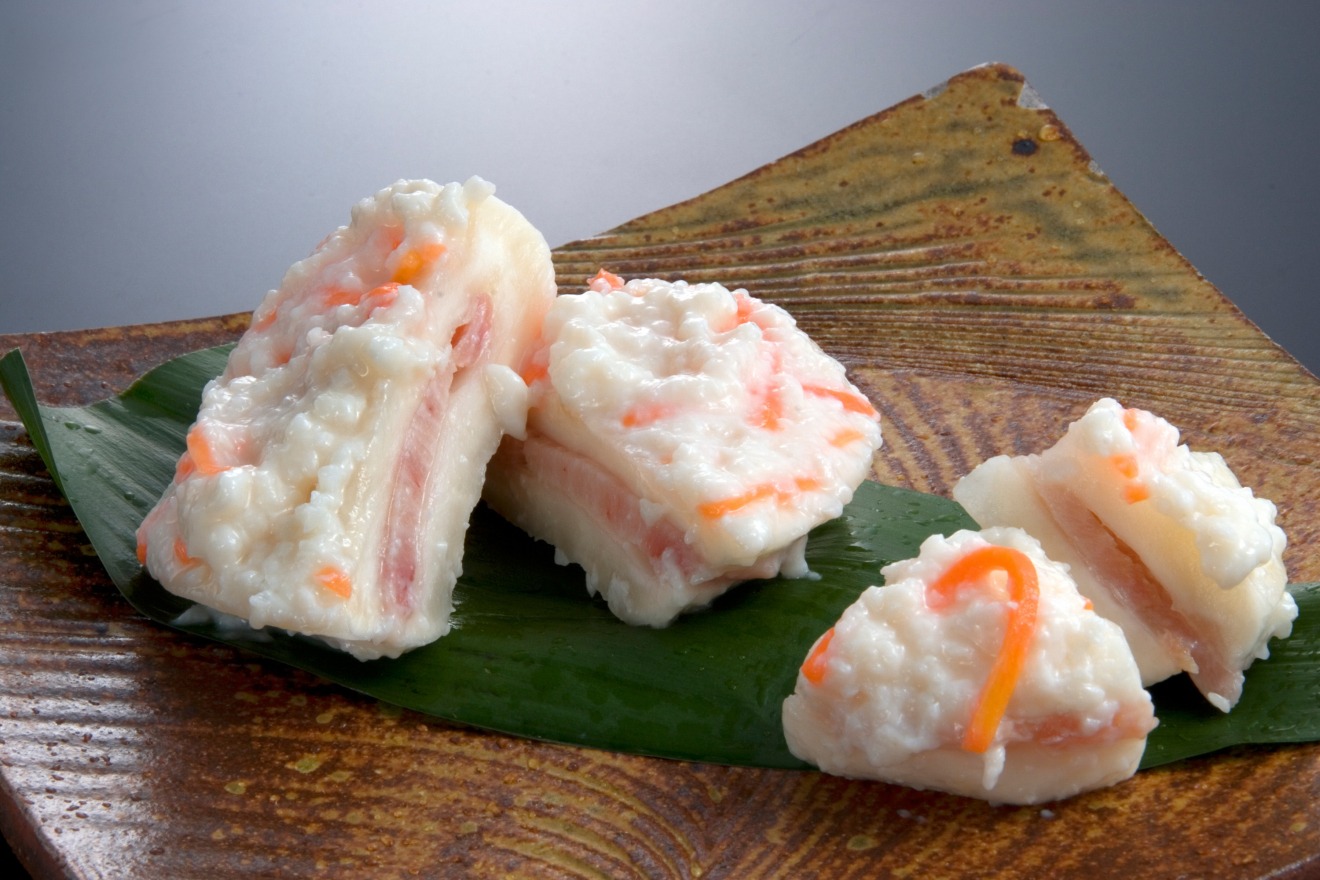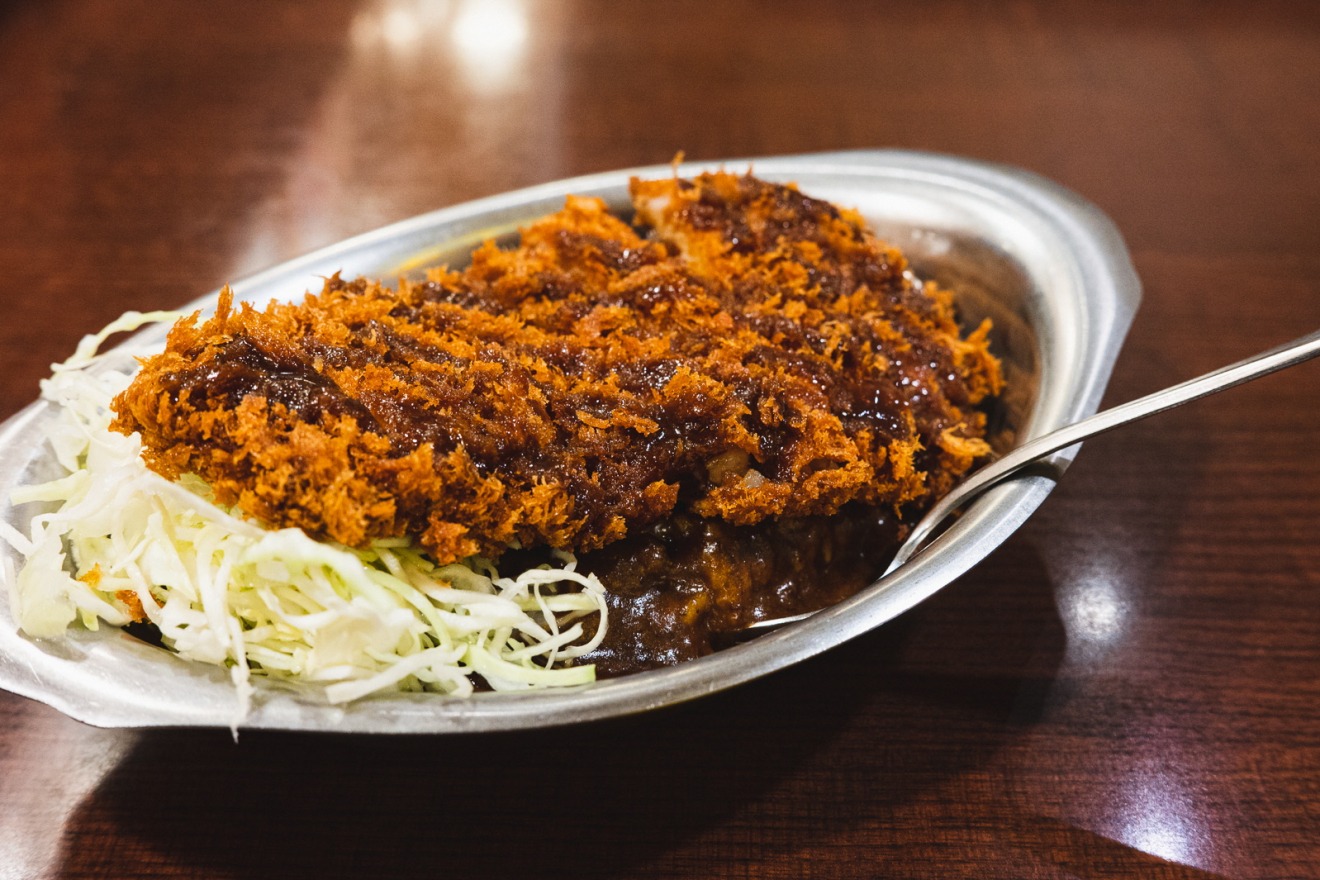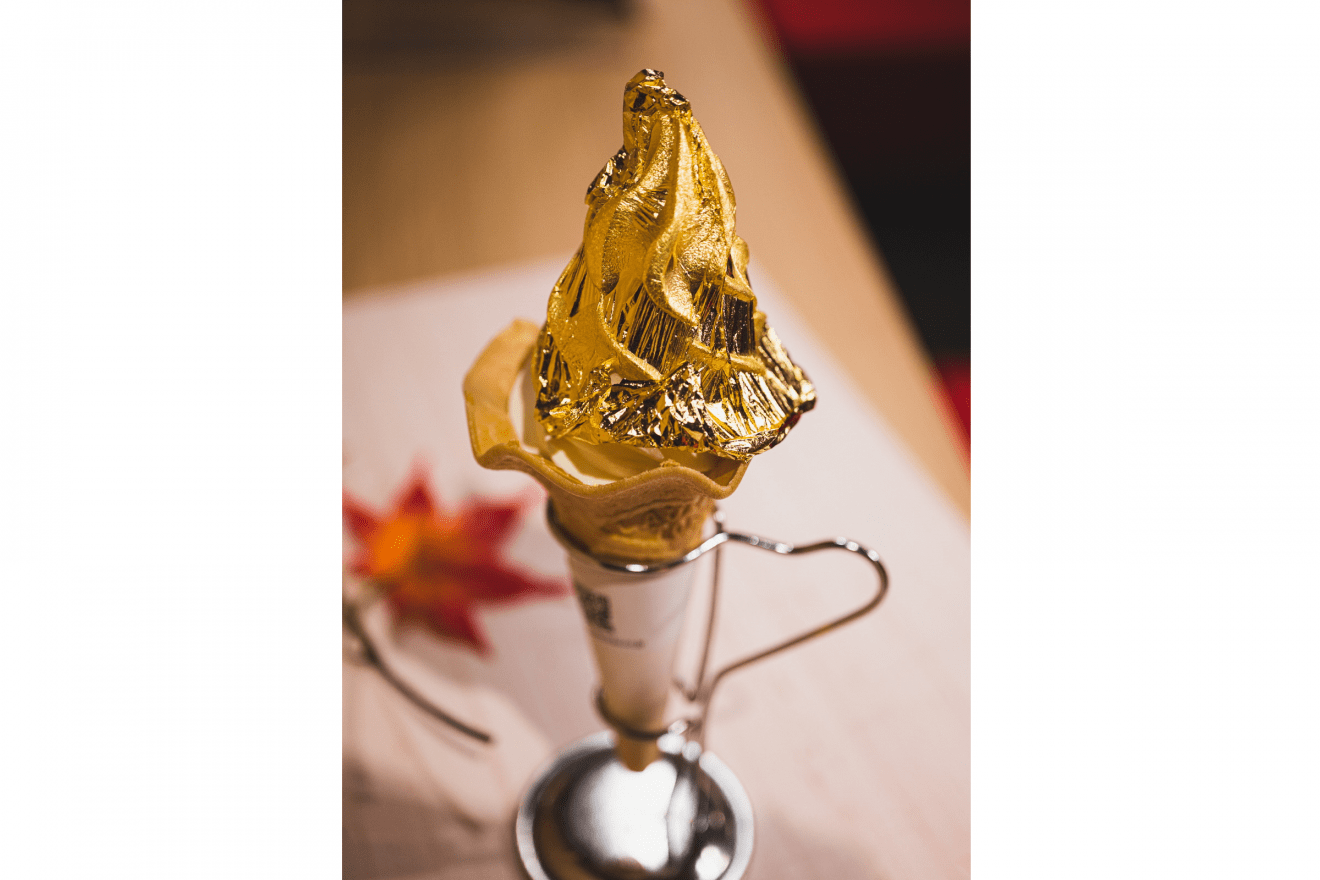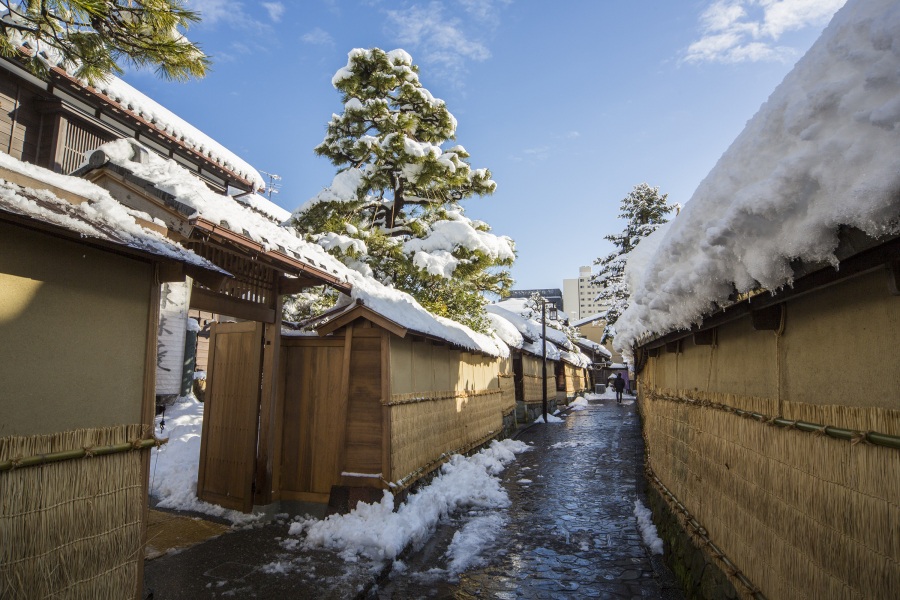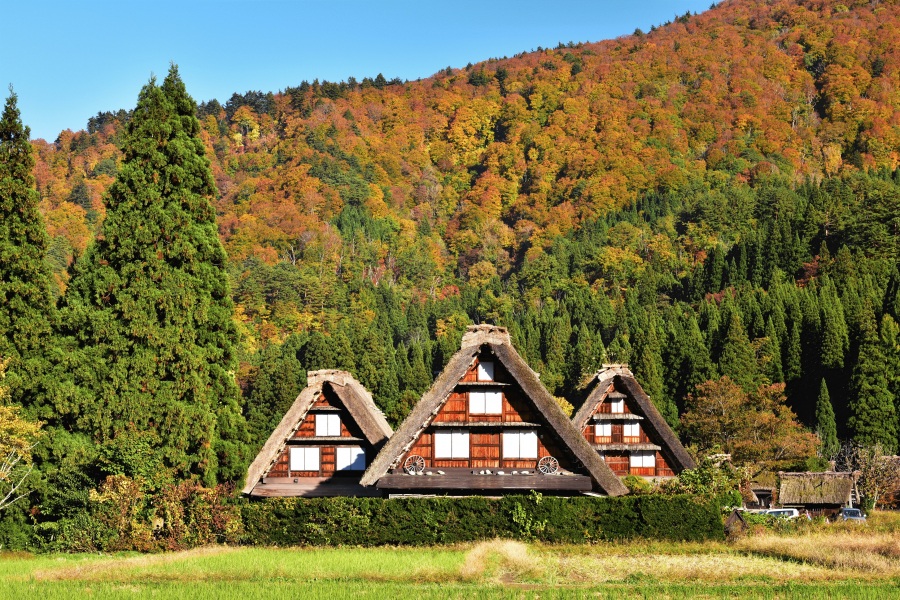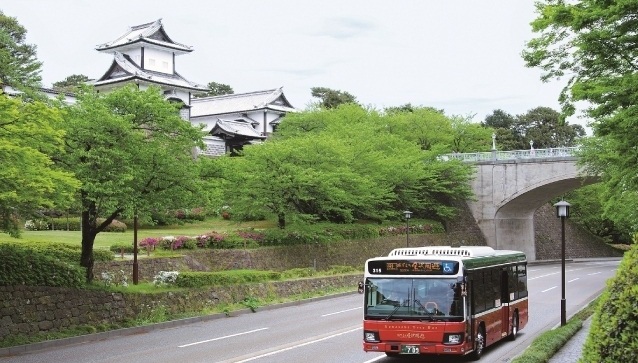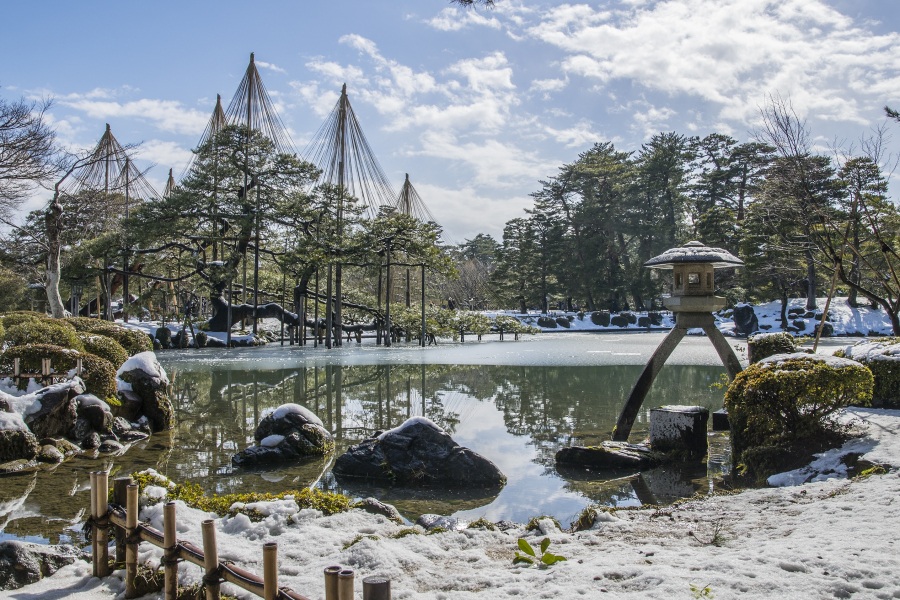The Cuisine of Kanazawa
For many visitors to Japan, food is one of the main attractions. The variety, quality, and service level of Japanese restaurants have created quite the buzz worldwide, and food tourism is a growing niche in Japan's tourism market. Yet many visitors don't realize that there are many regional specialties within Japan, gastronomic rewards, if you will, for taking the road less traveled.
Kanazawa is no exception; Kanazawa’s cuisine is a mix of regional ingredients, international fusion, and even traditional crafts. Its roots lie in the Kaga cuisine that began in the Edo Period and is essentially an integration of various aspects of Japanese culture. Kanazawa has something to please the most selective tastes, from elegant to funky, extravagant multi-course meals to one-plate comfort foods.
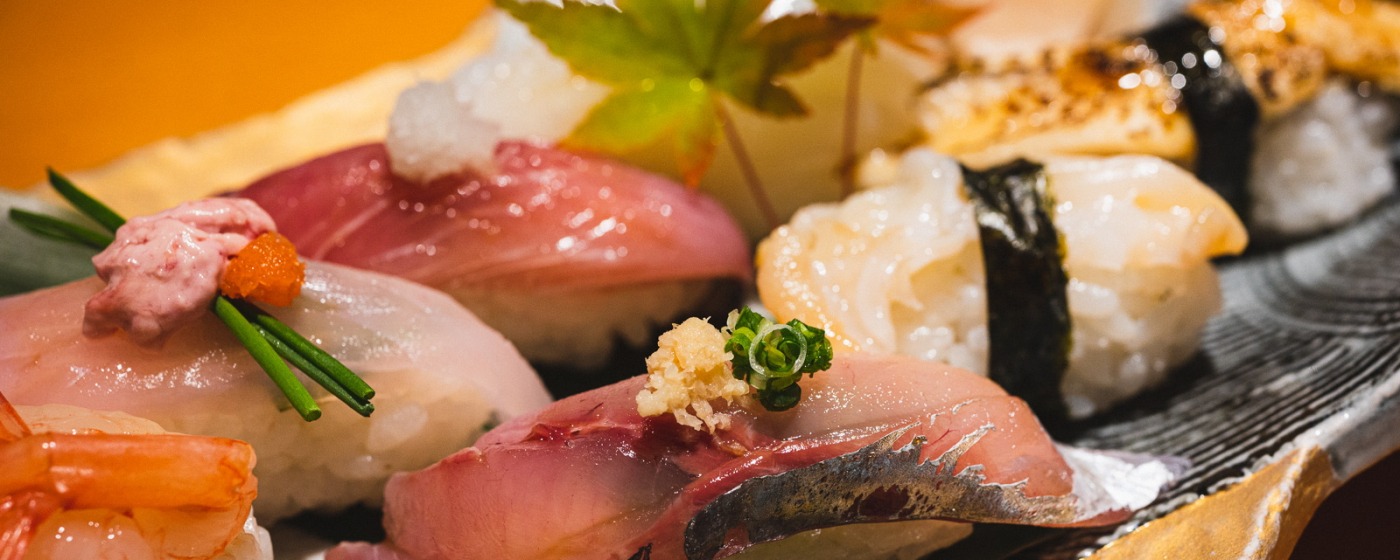
Seafood: Sushi and Kaisen-don
Let's begin with the obvious: seafood. The Sea of Japan provides an abundance of choices when it comes to seafood. The freshness of Kanazawa seafood means it is best enjoyed raw as sashimi or sushi, which has a sweet flavor when eaten this way. Kaisen-don, raw seafood over a hot bowl of rice, is one of the best ways to enjoy it. Omicho Market sells fresh seafood daily, so many restaurants in and around the market serve excellent kaisen-don.
Kanazawa seafood is also served as sushi in fine restaurants all over the city. It is often served on traditional Kanazawa ceramic tableware, which complements the elegant presentation of the dish. The colder months are the best times to enjoy yellowtail, which puts on a delicious layer of fat during this season. It is also the season to enjoy snow crab, which is only available for a limited time during the cold season for conservation reasons, and sweet shrimp, which are said to be best during the cold season.
Hanton Rice
Hanton rice is a truly unique dish that demonstrates true Japanese ingenuity. Authentic Hanton rice is difficult to find outside of restaurants in Kanazawa, so be sure to give it a try during your stay.
According to the owner of a famous Hanton rice restaurant, one theory is that it was invented as a "one-plate meal" based on a dish a Japanese chef experienced while staying in Hungary. The original dish was a fried carp seasoned with paprika served over egg and pasta. The chef altered the recipe for Japanese tastes and came up with an omelet over rice topped with fried prawns and drizzled with ketchup and tartar sauce. If you don't like prawns, many restaurants offer options when choosing the protein with which to top your Hanton rice. The result is a meal that will fill your stomach and please your taste buds, especially if you are craving the flavors of western-style food.
- Campagne cucina&bar
-
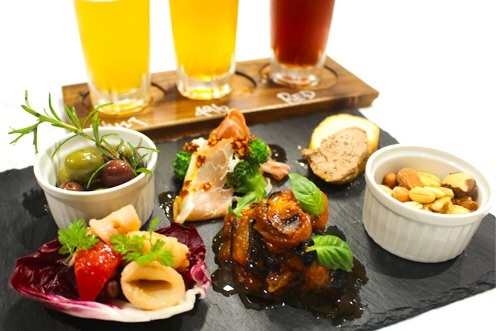
- A new Italian brasserie that can be used all day from morning until late at night. We value the texture and naturalness of the ingredients, and continue to evolve to be delicious, fun, and new.
- more
Oden
Oden is a comfort food eaten in households all over Japan during the winter, but in Kanazawa, oden is loved year-round. Oden is a hot pot of umami-rich dashi broth containing simmered vegetables, seafood, and other ingredients, perfect for warming you from the inside on a cold night. It is complemented by a serving of hot sake, so be sure to order some to go with it.
Kanazawa oden contains some signature ingredients. One is kuruma-fu, a wheel-shaped "cake" of gluten that absorbs the flavors of the broth. Kani-men is female snow crab, available only during the winter, and is a delicious addition to this meal. When visiting an oden restaurant, you often get to choose your ingredients from a menu or on a display, where you can simply point out what you want to eat!
- Yugeya Bankyu
-
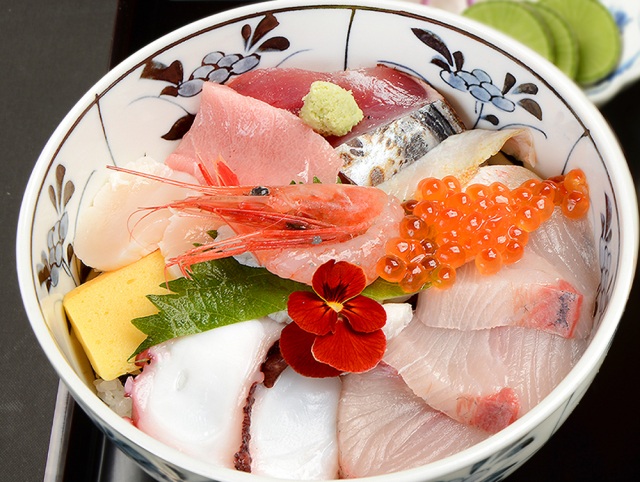
- Enjoy Kanazawa Oden (Japanese hot pot), seafood rice bowls, and Ishikawa's local sake.
- more
- CRAFEAT produced by Tayashikki
-
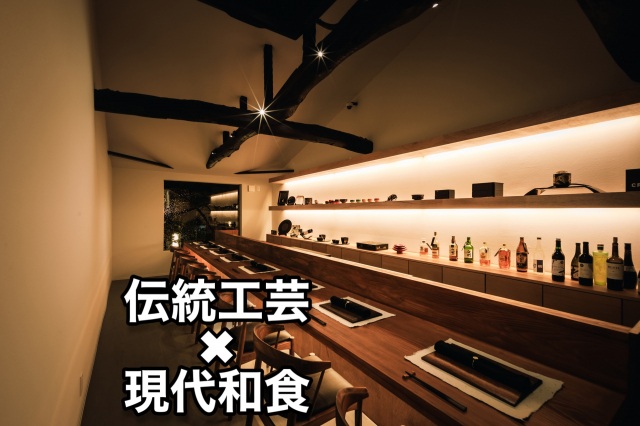
- Traditional Craft Experience Restaurant
- more
- Kikantei
-
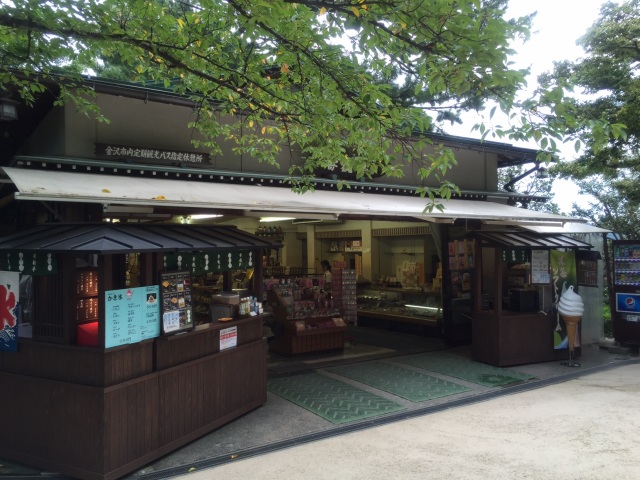
- Enjoy Kanazawa's local cuisine at a reasonable price.
- more
- Akadama Honten
-
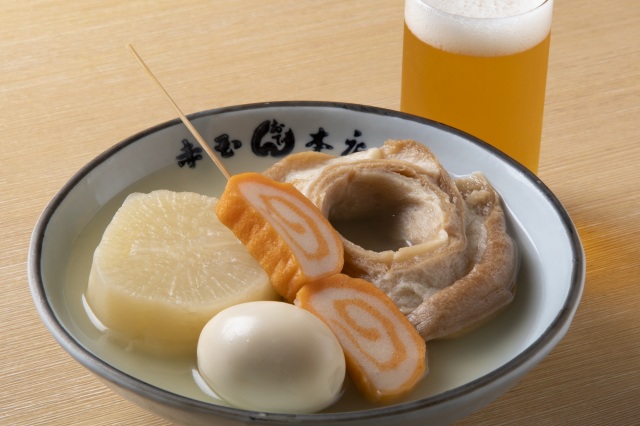
- Their foundation is their secret broth that's been passed down for many years.
- more
Jibu-ni
If there is one dish that represents traditional Kanazawa cuisine, it would likely be Jibu-ni. It is a slightly sweet, slightly salty soup made with duck and seasonal local vegetables, thickened with wheat or potato starch to make it smooth and satisfying. Originally, Jibu-ni was eaten in autumn and winter, but today there are restaurants in Kanazawa that serve it year-round. Jibu-ni was said to have been invented in Kanazawa during the Edo Period and is said to have been named by the sound made by the simmering broth, "jibu-jibu."
Kabura-sushi
The name Kabura-sushi comes from two words: kabura, meaning turnip, and sushi, which is not what westerners typically think of sushi, but a method of preserving food through fermentation used before refrigeration was common. Beloved by the locals of Kanazawa so much that it is often given as a gift, it has a flavor that instantly brings back memories of the city for those who have lived or visited there.
Kabura-sushi consists of a fillet of yellowtail wrapped in a slice of pickled kabu turnip and marinated in koji rice malt, an essential ingredient in making sake. This creates a flavor bomb of salty sweetness. Koji marination has recently become popular in western cuisine for creating a "dry-aged" effect on cuts of beef. Give it a try, and you might discover why it is a beloved flavor representative of Kanazawa’s winter cuisine when yellowtail is in season.
- Shijimaya Honpo Main Store
-
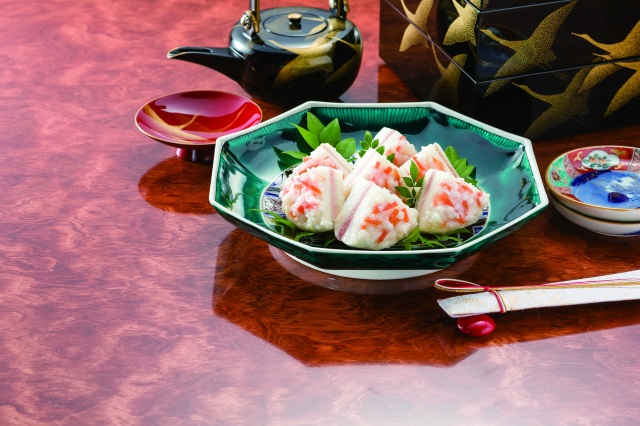
- Kanazawa's fermented food specialty store
- more
Kanazawa Curry
Japanese curry is unlike any other curry in the world, and Kanazawa curry has its own signature that sets it apart even within its home country. For those who haven't tried Japanese curry, it often lacks the spicy kick of curry from other parts of the world, instead, working as an easy-to-eat, slightly sweet, slightly spicy complement to vegetables and various types of meat.
Kanazawa curry is known for its rich, almost chocolate color with a thicker consistency than most Japanese curries. It is often paired with a deep-fried fillet of pork known as tonkatsu and served with a generous portion of rice and shredded cabbage. It's a gut-filling meal that can be made lighter by substituting other types of meat (including non-fried varieties) or even vegan and vegetarian options at some shops. Kanazawa curry has made its way into shops overseas but try it here in the birthplace of this delicious dish!
Gold Leaf Ice Cream
Although Kanazawa is famous in Japan for the quality and variety of wagashi (Japanese sweets served with tea), you can’t visit Kanazawa without trying its unique style of ice cream. With a nod to Kanazawa's history of traditional crafts, enjoy ice cream covered in gold leaf foil, a decadent treat that will shock friends, family, and social media followers alike.
Gold leaf crafting has been a specialty of Kanazawa for centuries; Kanazawa literally translates to "marsh of gold." The master artisans here can hammer gold into a leaf 1/10,000 of a millimeter in thickness, so thin that it can neither be tasted nor felt in your mouth, leaving only the aesthetic value of eating gold-covered ice cream and the envy of your friends.
From comfort foods that evoke the flavors of home to exotic and even extravagant foods that tantalize the eyes and taste buds alike, Kanazawa is a paradise for those adventurous enough to explore its gastronomic world. So what are you waiting for? Come and eat your way through our wonderful city!
- Kanakan Joy
-
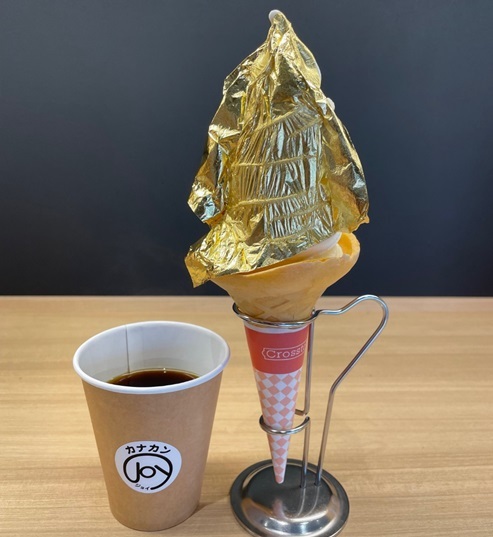
- Offering a selection of local products from the three prefectures in the Hokuriku region!
- more
- HAKUICHI (KENROKUEN-TEN branch)
-
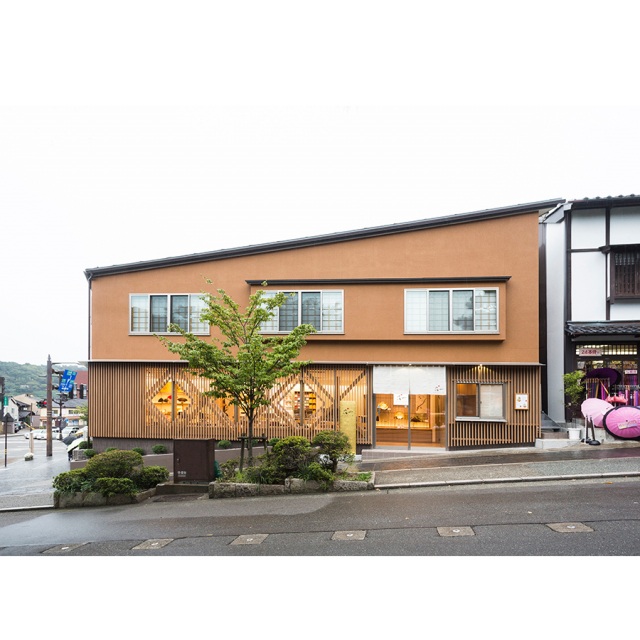
- Must-see in Kenrokuen Area. Feel Kanazawa’s Tradition and Innovation.
- more
- Imai Kinpaku Main Store
-
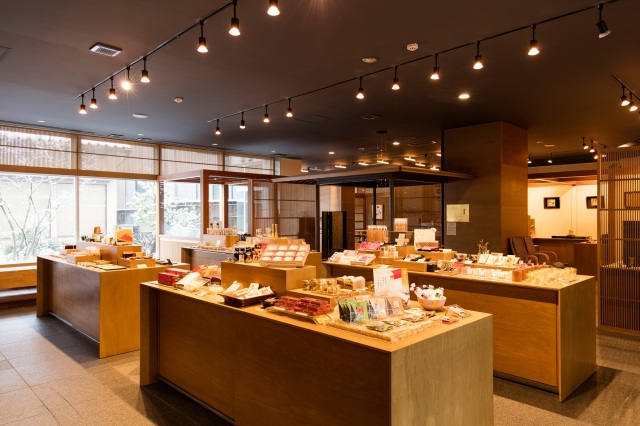
- The gold leaf workshop where you can choose from 9 different items is popular
- more
